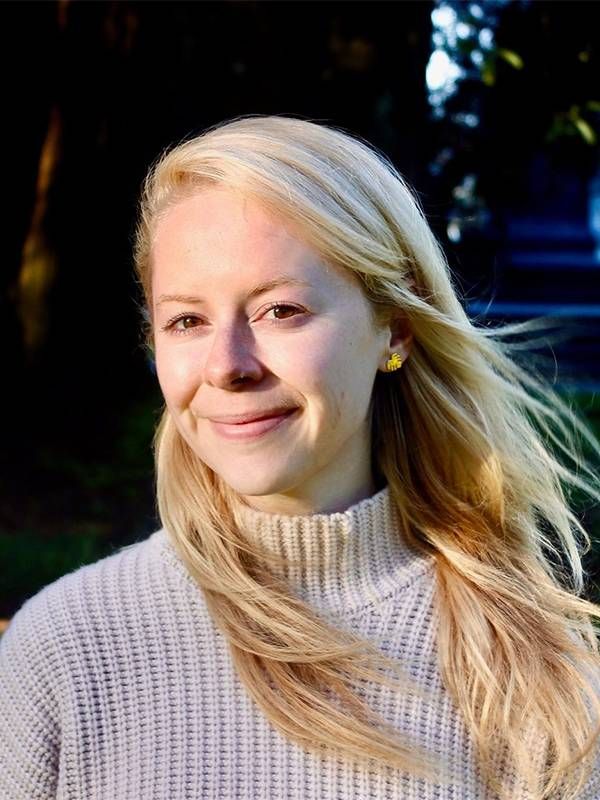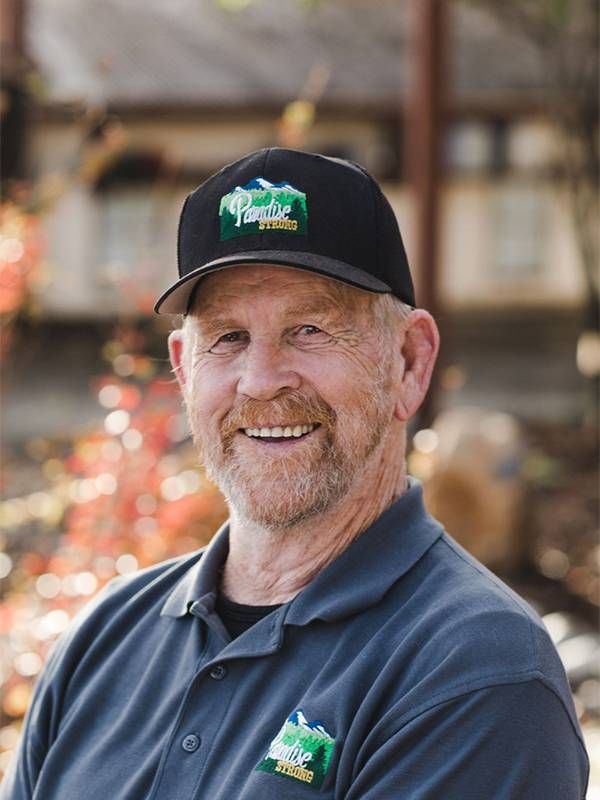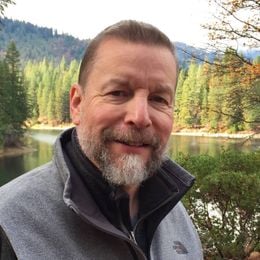Reclaiming Paradise: A Retirement Town Confronts the Climate Crisis
Western wildfire is changing the definition of retirement ‘haven’
The American West is well into another white-knuckle fire season. Already this year we've seen record-setting fires in New Mexico and what has become almost routine death and destruction in California. We've seen wildfires claim homes in London. Yes, that London. By early August, more than 40,000 wildfires had broken out across the U.S.

But so far none have equaled the horror of 2018, when the inferno known as the Camp Fire all but erased a Northern California city from the map. It was, in dollar terms, the world's most costly natural disaster that year, leveling 90% of homes and 95% of commercial buildings in the town of Paradise, 150 miles northeast of San Francisco.
In "Paradise: One Town's Struggle to Survive an American Wildfire," author Lizzie Johnson has written the definitive chronicle of the town's ordeal and its struggles to rebound. Originally published in 2021, the paperback edition was just released on August 16.
The Damage to a Peaceful Neighborhood
In it, Johnson describes in graphic detail what wildfire, driven by heat, drought and climate breakdown, can do to a peaceful neighborhood:
The superheated air started a chain reaction, broiling so hot that sheer curtains behind a single-pane window in a nearby home could catch fire and ignite the building from within. Window panes shattered with the temperature rise, the hot air rushing indoors to embrace the relatively cool interior. Hundreds of flaming matchsticks swirled over the furniture, fingering framed family photos like looters, then incinerating the entire place within minutes.
Johnson recreates, moment by moment, a desperate struggle for survival among the people of Paradise, which had long been an affordable haven for retirees, "those folks who wanted to be alone in nature and live out their final years, and maybe didn't have the means to live somewhere else," recalls Johnson. "This was the place where they could have that kind of lifestyle."
But as intensifying fire seasons around the West are driving home, living in the "wildland-urban interface," or WUI (pronounced like "phooey") is a potentially deadly gamble, especially for older residents. She writes:
Retirees had sought the sanctuary and affordability that Paradise offered, along with vital medical services and small-town safety. About 25% of residents were older than sixty-five, compared to 14% Statewide, and the disability rate was nearly twice the state average. but few government programs have been created to help the elderly and infirm survive a natural disaster – even though wild fires were a known threat. Instead it was up to ordinary civilians to step in and make sure their neighbors got out.

And this was a town that considered itself prepared. "Paradise had done a lot more than other communities in the state," recalls Johnson. "They actually had a fire evacuation drill. Unfortunately, a lot of people knew it was gonna happen, so they just avoided it and didn't participate in it."
But in November of 2018, a fatal combination of gusty winds and a decrepit electrical transmission line tested the town's readiness, with horrific results. In a matter of hours, the fire took 85 lives and left permanent trauma in its wake for the city's 26,000 residents.
Looking back on it, Johnson has a warning for those pondering their own retirement "paradise."
"I think there's definitely a cautionary tale there," says Johnson. "If you're making these decisions to live in a place where you are at risk, then we need to be educated about what might happen if a fire comes. An issue in Paradise was that again, there was such a significant older population who were disabled and were socially isolated and were very stubborn."
The Vulnerability of Older Adults in Areas of Risk
Some of that stubbornness proved fatal. Of the 85 people who died in the Camp Fire, 72 were 60 years of age or older. When disaster strikes, older residents are always the most vulnerable.
Nationwide, in counties with the highest risk of wildfire, there are 5.7 million people over 65, and 4.4 million with disabilities, according to federal estimates.

Recalls Johnson, "There was one woman in particular who I will never forget who was 99 and she couldn't get her wheelchair off the porch and no one could come and get her because her family lived down in the valley."
Since the Camp Fire, state and local authorities have tightened requirements for "fire-hardened" homes, but most standards apply only to new construction, according to Kimiko Barrett, of the Bozeman, Montana–based Headwaters Economics. Existing homes remain vulnerable and development in the WUI continues nearly unabated. According to Barrett, 34% of U.S. homes are now located in the WUI, even as the warming climate has stretched the Western "fire season" by nearly three months.
At just 29, Johnson's a little young to be contemplating retirement. But statistics like these – and her firsthand experience reporting on Western wildfires – give her pause. According to local authorities, about 9,000 residents have returned to the Ridge around Paradise, but the lack of services makes it a less desirable destination for retirees. And the risk remains.
"People don't want to move back here because we don't have a hospital. We don't have acute care."
"If my parents called me and were like, "We've decided that we are going to move into the foothills of the Sierra and we're gonna build a house," reflects Johnson, "I would be like, "Okay, we need to sit down and have a conversation because I don't think that's a good idea for you."
Everyone's situation is unique but living in areas with high wildfire risk requires special knowledge and preparation.
"If you're going to choose to live in a place like this, that is your right. But know what your plan is and know what the risks are," advises Johnson, "so you can take care of yourself and not just become another fatality on the list."
An Elder Stalwart Helps Lead the Way Back
Despite losing his home in the 2017 Camp Fire, Steve "Woody" Culleton refuses to give up on his adopted town. Culleton, now 77, is confident that Paradise will once again be a thriving city in the Sierra. The former mayor and current city councilman credits his move to Paradise in the 1980s with turning his life around, and he's not turning his back on it now.

Culleton and his wife of 35 years, Maureen, rebuilt their home (to safer standards) and have kept their flag firmly planted "on the Ridge," as the area is known. Though he concedes that in many ways the reborn Paradise is not as inviting to elders as it once was – it's not as affordable, the hospital burned and has not been rebuilt, nor have the skilled care facilities that were lost.
"That makes recovery of our community difficult," the ex-mayor admits. "A lot of elderly people don't wanna move back here because we don't have a hospital. We don't have acute care."
And yet there's something ineffable about Paradise that Culleton says even the Camp Fire couldn't destroy. "Even people that have moved away since the fire and for whatever reason, haven't or can't come back, they still long for and miss the community spirit that's here," he says.."
One projection has the town regaining 75% of its pre-fire population level by 2035. Culleton thinks they'll beat that. "Yeah," he says. "The topography looks different, but the spirit of this community is still the same."
Introduced in the fall of 2021, the National Wildland Fire Risk Reduction Program Act (H.R. 5781) would provide $2.2 billion for science to improve assessment of wildfire risk and forecasting, inform prevention and mitigation measures, and better understand the role of climate change in wildfires. It has not yet passed either house.
Editor’s note: The PBS series Frontline produced an hour-long documentary on the Camp Fire, one year after the event.

Read More

